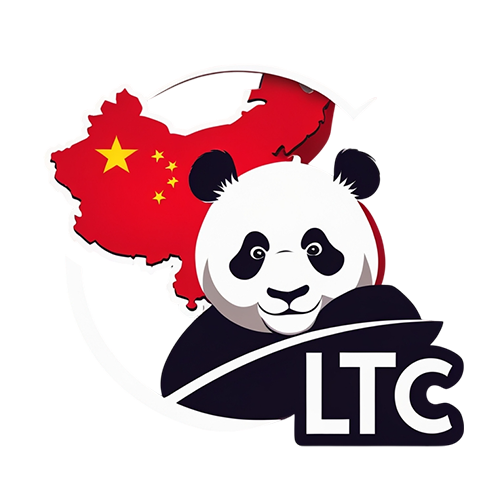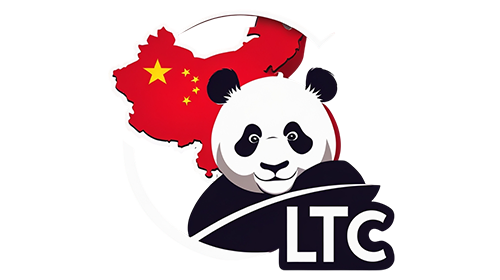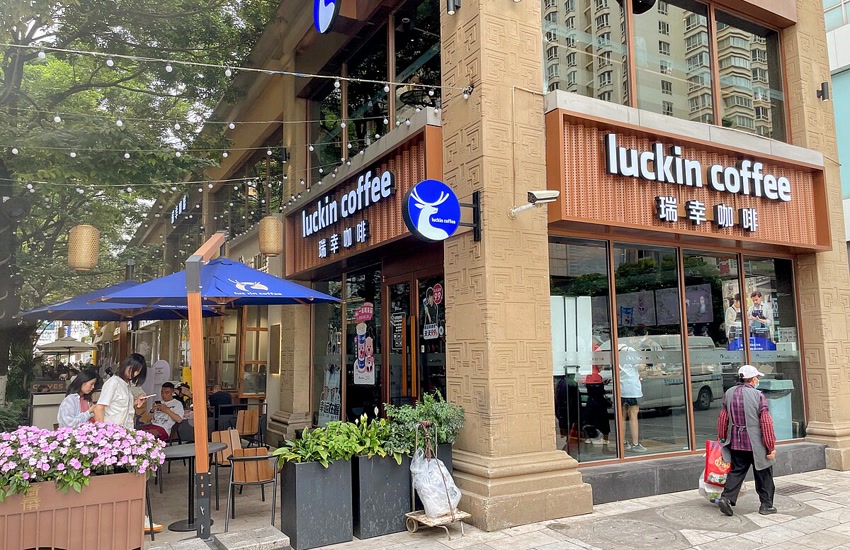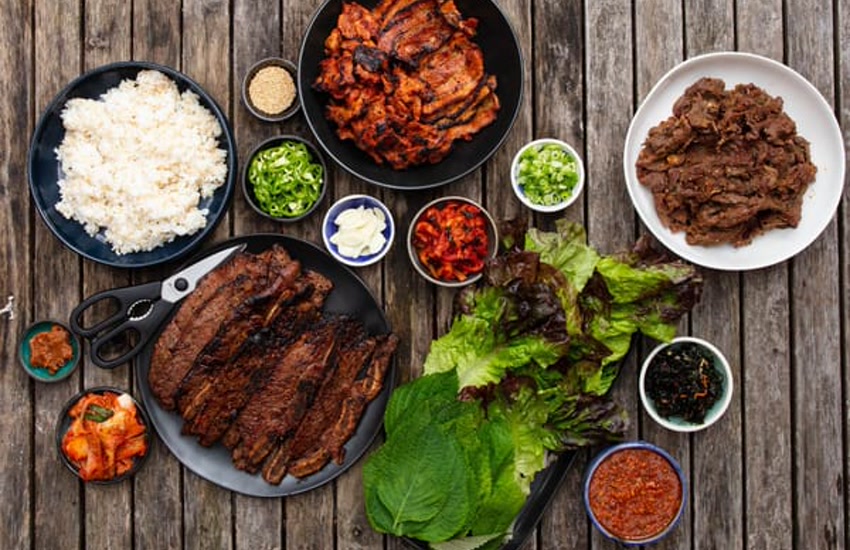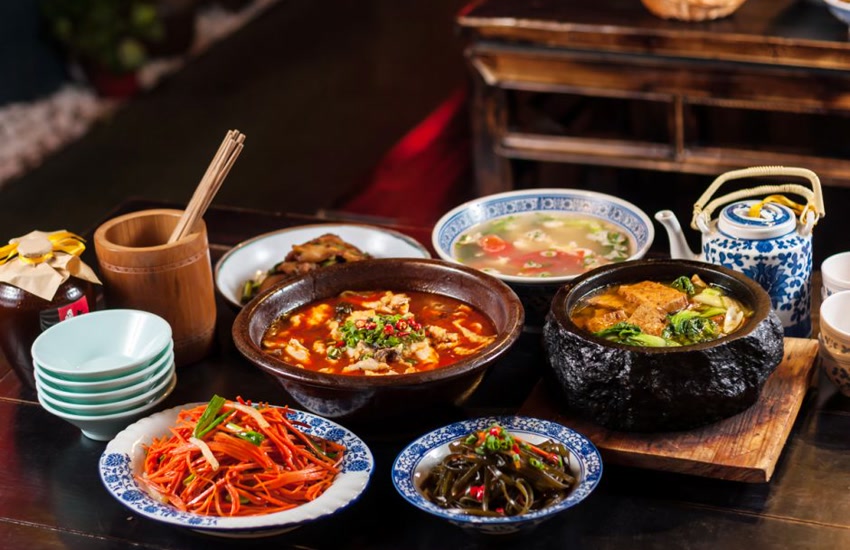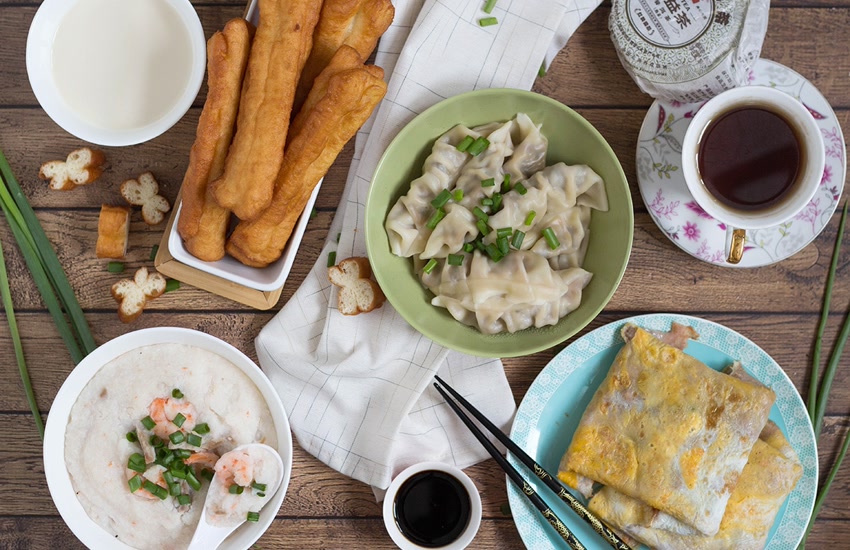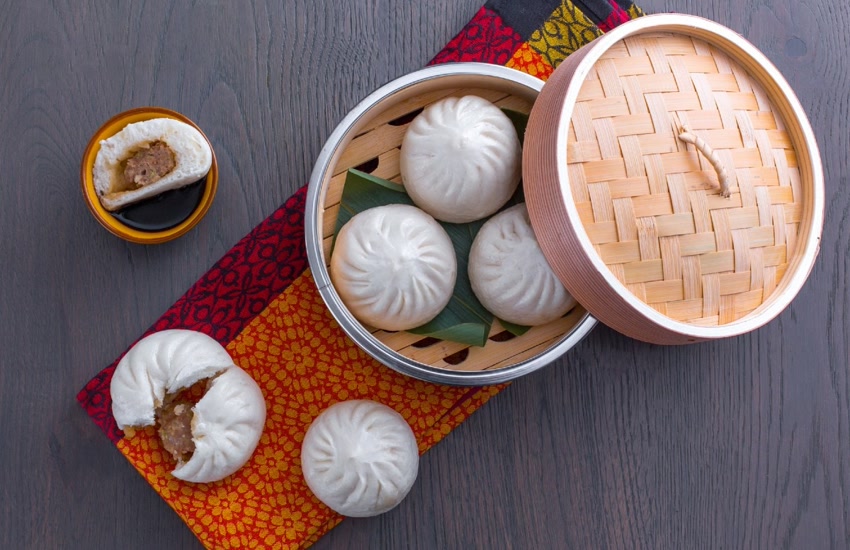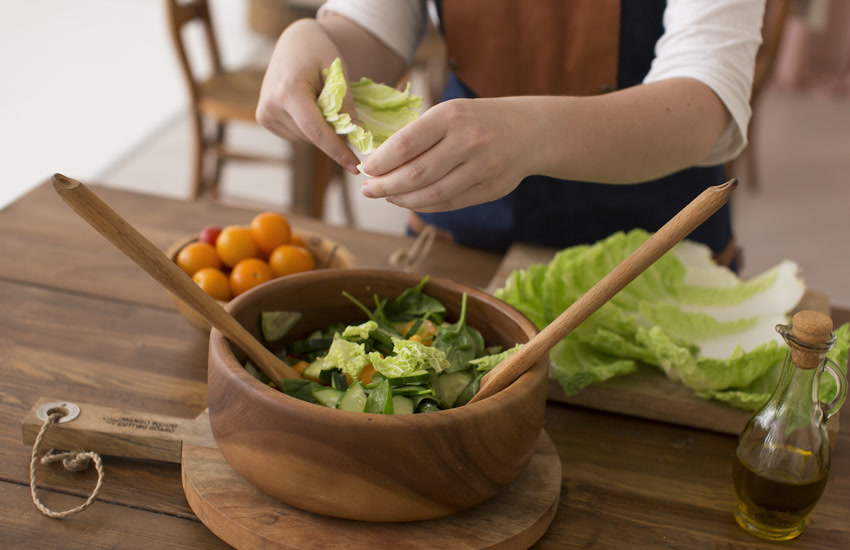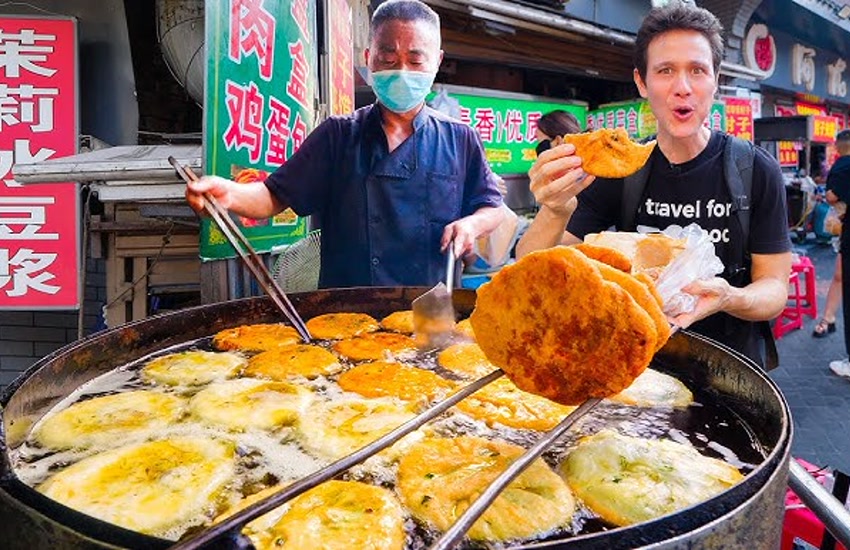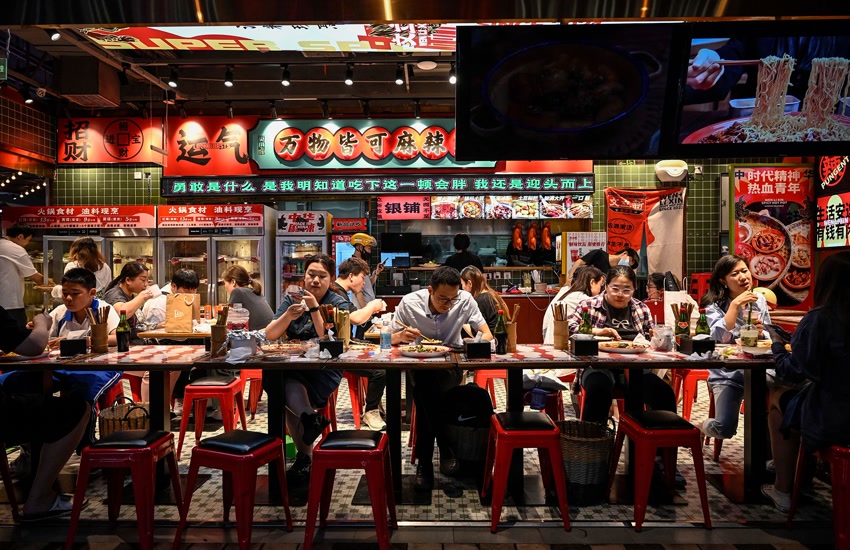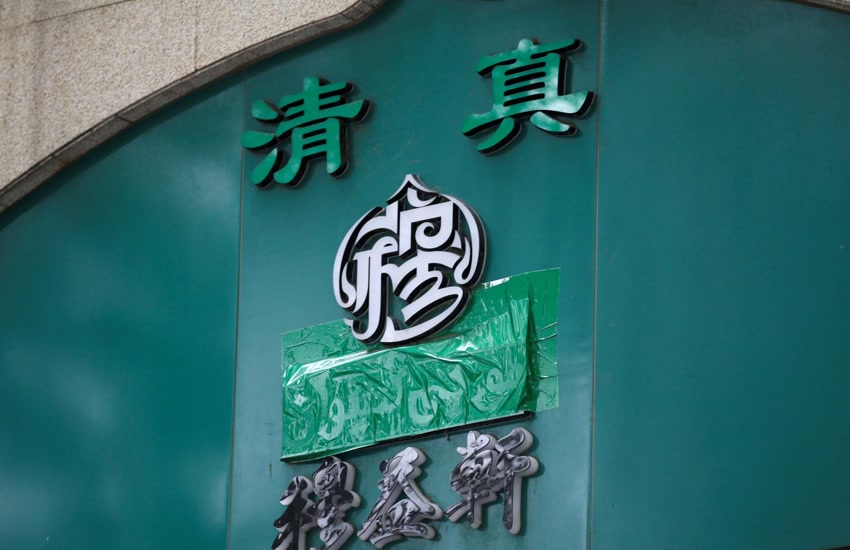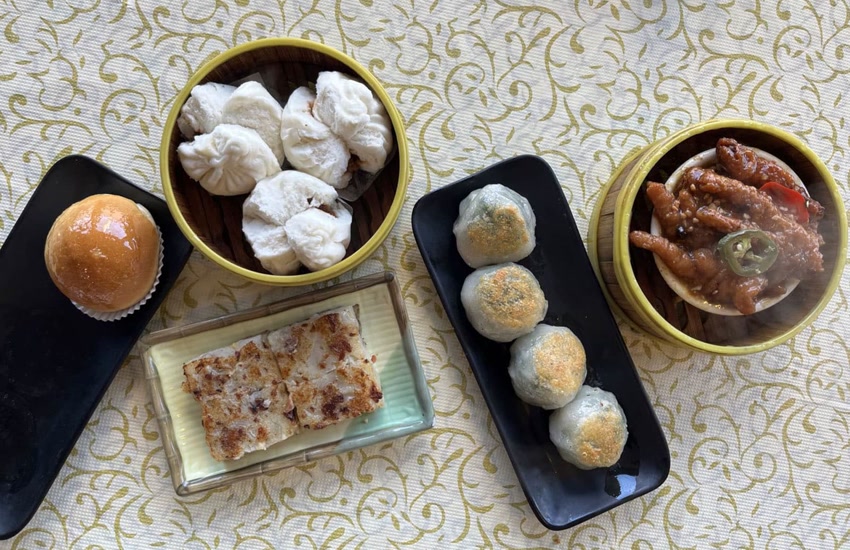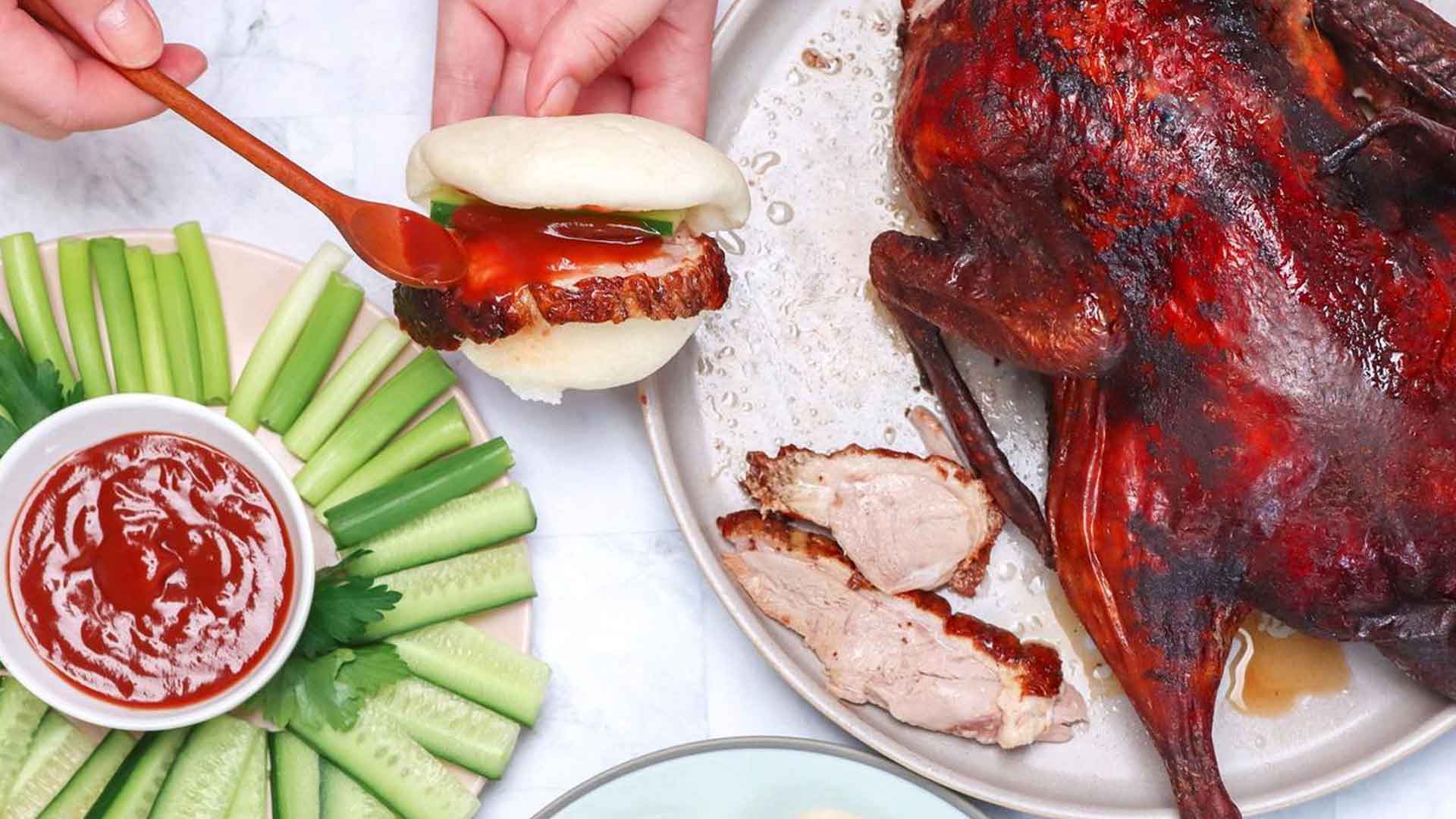
- April 3, 2025
- Alex
- 0
Ni hao, food lovers! If you’re planning a trip to China – Beijing Shanghai (or even just dreaming about one), there’s one culinary experience you absolutely cannot miss: Peking Duck. Or, as the locals say, 北京烤鸭 (Běijīng kǎoyā).
This isn’t just a meal; it’s a cultural institution, a testament to centuries of imperial culinary tradition, and quite possibly the most delicious duck you’ll ever taste.
As an avid explorer of China and its incredible food scene, I’ve made it my mission to find and share the best experiences this country has to offer.
Table of Contents
ToggleA Little History: More Than Just a Meal
The Imperial Delicacy
Peking Duck boasts a history as rich as its flavor. Originating over 650 years ago during the Ming Dynasty in Nanjing, it was initially a dish reserved for the imperial court. When Emperor Zhu Di moved the capital to Beijing, he brought along skilled chefs who specialized in roasting duck. Over time, Peking Duck evolved from a royal delicacy to a beloved dish enjoyed by everyone. It’s a true symbol of Beijing China culture, representing the city’s history and culinary innovation. Understanding the culture in beijing china is important for any traveller.
How to Eat Peking Duck: A Step-by-Step Guide to Duck Perfection
The Ritual of Eating
Eating Peking Duck isn’t just about stuffing your face (although that’s definitely part of the fun!). There’s a certain ritual to it, a way to truly appreciate the flavors and textures. Here’s a breakdown of how to eat Peking duck properly:

- The Crispy Skin Ceremony: First comes the crispy skin, often served separately. The chef will expertly carve thin slices from the duck’s breast. Dip these glistening, golden slivers into a special sweet bean sauce (or sometimes even granulated sugar!) and savor the incredible crunch and rich flavor. This is arguably the best part of the Peking Duck for many, myself included! That initial burst of crispy, savory goodness is simply unmatched. Finding the right Beijing duck sauce is critical for the flavor profile.
- Pancakes, Please! Next up is the main event: thinly sliced duck meat, complete with crispy skin attached, served with delicate, almost translucent pancakes, sliced scallions, and cucumber. Wondering what to serve with peking duck? This is the classic setup!
- Rolling Like a Pro: Now for the assembly. Take a pancake, spread a thin layer of sweet bean sauce on it, and arrange a few slices of duck, scallions, and cucumber on top. Roll it up like a burrito, and enjoy! The combination of the crispy skin, tender meat, fresh vegetables, and sweet sauce is a symphony of flavors and textures. To make this dish yourself, you might want to buy peking duck online.
- Don’t Forget the Soup! Often, the duck carcass is used to make a delicious soup. Simmered with tofu and vegetables, the soup is creamy, flavorful, and a perfect way to round out the meal.
Serving Peking Duck
So, how should you serve Beijing duck if you were to attempt this dish yourself? While it’s difficult to achieve the exact same results as a restaurant chef in a home kitchen (a Peking duck recipe is not for the faint of heart!), focusing on presenting the three elements in the correct order – skin, meat with pancakes, then soup – is key to mimicking the traditional experience. If you decide to attempt this at home, make sure you have a china food plate to serve your dish.
Top Beijing Duck Restaurants: My Personal Recommendations
Where to Find the Best Peking Duck
Alright, let’s get to the good stuff: where to find the best Peking Duck in Beijing. After years of exploring the city’s culinary scene, I’ve compiled a list of my go-to spots. Keep in mind that wait times can be long, especially at popular restaurants, so plan accordingly! These are all great options for experiencing the best food beijing has to offer.

- Siji Minfu (四季民福烤鸭店): This is one of my absolute favorites. Not only is the duck consistently excellent, but the atmosphere is vibrant and the service is top-notch. They also serve delicious traditional Beijing desserts. Be prepared for a wait, though – it’s incredibly popular! In Siji Minfu, the cook will slice the roast duck right next to you, adding to the experience. Remember to check Dianping (大众点评) for the branch beijing near me with the shortest wait time.
- Quanjude (全聚德): This is the granddaddy of Peking Duck restaurants, a true Beijing institution. With a long and storied history, Quanjude offers a classic Peking Duck experience. It’s often crowded and lively, so be prepared for a bit of a bustling atmosphere.
- Da Dong (大董烤鸭店): Da Dong offers a more modern take on Peking Duck. Their duck is known for being less greasy and more focused on the natural flavors of the meat. They even provide a handbook showcasing different ways to enjoy your duck! Reservations are highly recommended.
- Bianyifang (便宜坊): Bianyifang claims to use a different roasting method, resulting in a duck with a more tender texture and less crispy skin. It’s a good option if you prefer a less crispy, more succulent duck.
- Sheng Yong Xing (盛永兴): While maybe not as widely known, Sheng Yong Xing is gaining recognition for its excellent Peking duck. The duck is cooked perfectly with very crispy skin.
- Xin Rong Ji (新荣记, Xinyuan South Road branch): For a Michelin star Peking Duck Beijing experience, Xin Rong Ji is a must-try. While pricier (expect to pay around 600-800 RMB for a whole duck), the quality and preparation are exceptional. The restaurant offers a luxurious dining experience in a traditional setting.
- Jingzun: For a modern take with great presentation, Jingzun is a great option.
Tips and Considerations
Planning Your Peking Duck Experience
For popular restaurants like Da Dong and Siji Minfu, making a reservation is highly recommended, especially during peak season. It’s one of the best things to do in china – beijing!
Portion Sizes: Can two people eat a whole Peking duck? Possibly, if you’re really hungry! However, a whole duck is a *lot* of food. Many restaurants offer half portions, which are perfect for two people. If you opt for a whole duck with two people, consider ordering only a side vegetable dish to avoid food waste. Understanding the peking duck price will help you make an informed choice on your order.
Beyond Beijing: While the guide to eat the best Beijing Duck naturally focuses on Beijing, you may be wondering about alternatives. Unfortunately, finding truly authentic Peking duck outside of China (even in major Chinatowns in the USA or California) can be a challenge. The unique preparation techniques and specific duck breeds used in Beijing are difficult to replicate. If you’re looking for other culinary adventures, you might want to explore our guide to Discovering the Sizzling World of Beijing Barbecue.
Before you head to China, remember to think about the logistics. First, check how long does it take to get to china. Also, figure out if you need to apply for port visa shanghai, depending on your entry point. Knowing how much rmb to spend on one day in china can help you budget, but remember that Peking Duck can be a splurge! Also consider how to pack for a trip to beijing. You might find our guide on traditional Chinese breakfasts useful for your journey.
Final Thoughts
Peking Duck is more than just a dish; it’s an experience. It’s a chance to delve into Beijing’s rich culinary history, savor incredible flavors, and connect with the local culture. So, next time you’re in Beijing, be sure to add Peking Duck to your must-try list. You won’t regret it!
And remember, don’t be afraid to ask questions, try new things, and most importantly, enjoy the delicious journey! Gan bei! (干杯!) Cheers!
